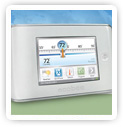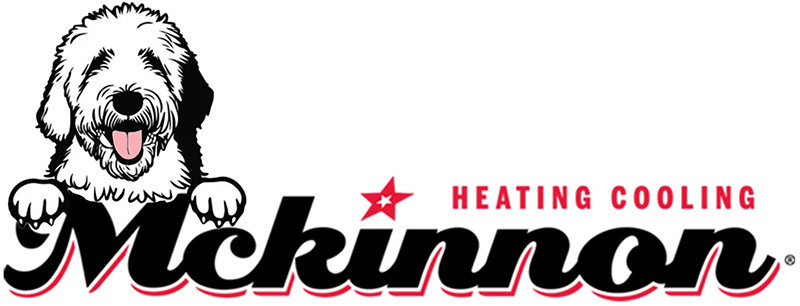 Your HVAC system is one of the most expensive parts of your utility bill – up to 40%. If you want to reduce your carbon footprint and decrease your energy costs, your HVAC system is a great place to start. By implementing energy-efficient HVAC practices and replacing your system with a more efficient one, you can reduce your energy costs by 20 to 50%.
Your HVAC system is one of the most expensive parts of your utility bill – up to 40%. If you want to reduce your carbon footprint and decrease your energy costs, your HVAC system is a great place to start. By implementing energy-efficient HVAC practices and replacing your system with a more efficient one, you can reduce your energy costs by 20 to 50%.
Maintenance:
If you have a forced air system, be sure to change your air filter regularly, particularly during times of high usage. Dirty filters force your system to work harder and that wastes energy. Also, be sure to get a yearly tune up of your system to keep it running right and maintain its energy efficiency.
Ensure equipment is properly installed:
According to the Consortium of Energy Efficiency, at least 25% of all rooftop units are oversized. This results in significant equipment wear and increased energy costs. Properly sized ducts that are well insulated and sealed for minimum air leakage are also important to maximize efficiency. Make sure your use a reputable installer and if your unit was installed before you owned your home, call Mckinnon and we’ll come out and make sure everything is set up properly.
Ducts:
The ducts that move the air through your house can be a big source of wasted energy, as much as 20 to 40% of the energy your system generates. Be sure to seal them with foil-backed tape to prevent any air leaks. In areas where you can access the ducts, such as attics and basements, you can also insulate the ducts to prevent heat loss.
Reduce load capacity:
The actual amount of heating and cooling a building uses is referred to as load capacity. Taking steps to reduce building load before replacing or upgrading is crucial to not only make sure that existing systems run less frequently but to also allow for smaller new systems, which lowers operating costs. There are many simple ways to reduce load, all of which allow less heat to enter occupied space:
– Improving insulation and building envelope allow for less leakage
– Installing energy-efficient windows
– Installing energy-efficient lighting
– Selecting energy-efficient office equipment
– Control ventilation
Programmable Thermostat:
Programmable thermostats allow you to set the system to automatically turn up or down when you need it. You can program it to reduce the heat during the night when everyone is asleep or in the middle of the day when the house is unoccupied. Since you don’t have to rely on your memory to make these switches, you can save quite a bit of money.

